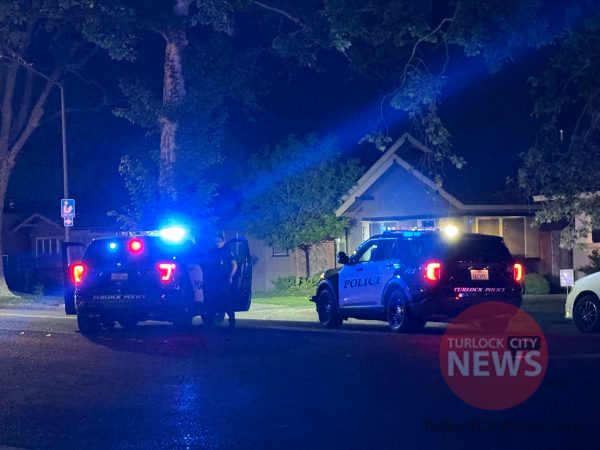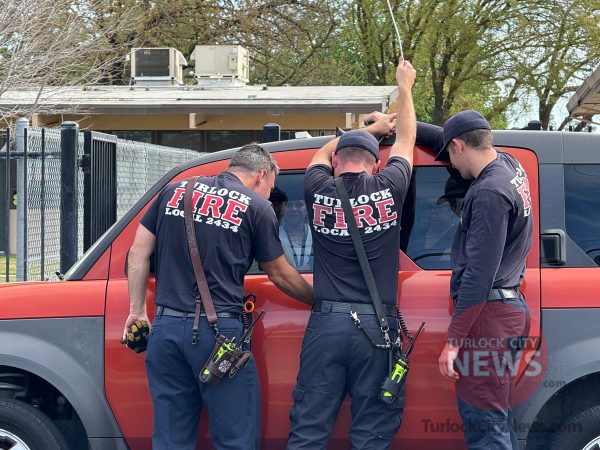Ever yelled at a bicyclist riding down Geer Road, or ridden a bicycle on the sidewalk? Keep reading.
There are many California cycling laws that most drivers, and cyclist for that matter, are completely unaware of.
Cyclists and motorists are meant to share the road. Cyclists have the same rights as motorists when on California roads. This means that cyclists are to be given space on the roads and not honked at when trying to get into the left-turn lane.
However, with great power comes great responsibility. While cyclists have the same rights as motorists, they must also follow the same laws as motorists.
First, cyclists are supposed to travel in the road and in the same direction of traffic. Cyclists are not meant to be on the sidewalk, and they are especially not meant to travel against traffic, or “salmon,” because it is incredibly dangerous.
Although it is the law, most motorists do not stop completely before the sidewalk before exiting a driveway. If a cyclist is on the sidewalk, they will most likely get hit.
Cyclists are to be in a bike lane as long as it is safe. If there is no bike lane present, cyclists are to be on the far right on the road if it is safe, and if it is not safe cyclists are allowed to get near the center line of the road.
Motorists are required to give cyclists space. Beginning Sept. 16, there will be a new law requiring motorists give a minimum of 3 feet of space between them and a cyclist when passing. If 3 feet cannot be given, the motorist is expected to continue driving behind the cyclist until it is safe to pass. Passing a cyclist without giving a minimum of 3 feet of space can result in a $35 fine.
Traveling in the opposite direction as traffic can be incredibly dangerous for the cyclist, as they may not be seen by cars pulling out of parking lots or changing lanes.
Second, since cyclists ride alongside motorists, they must obey traffic signs and signals. As tedious as most cyclists may see it, they must also stop at all stop signs and red lights. The good news is that cyclists may continue right through an intersection when the light is green.
Third, cyclists must use signals when turning. These are the same hand signals taught during driver’s education.
When making a left turn, it is important to use the hand signals to get into the proper turn lane and avoid being hit by cars going straight. If this seems scary, a cyclist can also use the crosswalk if they dismount their bicycle and walk.
Finally, cyclists must have lights on their bicycle when it is dark. Lights do not mean taping a flashlight to your handlebars; it means a white front light visible at a distance of 300 feet and a red rear light visible at a distance of 500 feet. Usually bike lights are more to be seen than to see.
Other equipment a bicycle must have are white or yellow reflectors visible from a distance of 200 feet on each pedal or on the cyclist’s ankles or shoes, and a brake that enables the cyclist to stop one wheel on dry, level, clean pavement. It is also smart to avoid dark clothing at night.
Motorists, respect the cyclists. Give them room, let them change lanes and don’t honk and yell at cyclists to get out of the road. Cyclists, respect the motorists. Don’t run stop signs or cut off motorists. Work together and stay safe on the roads!








